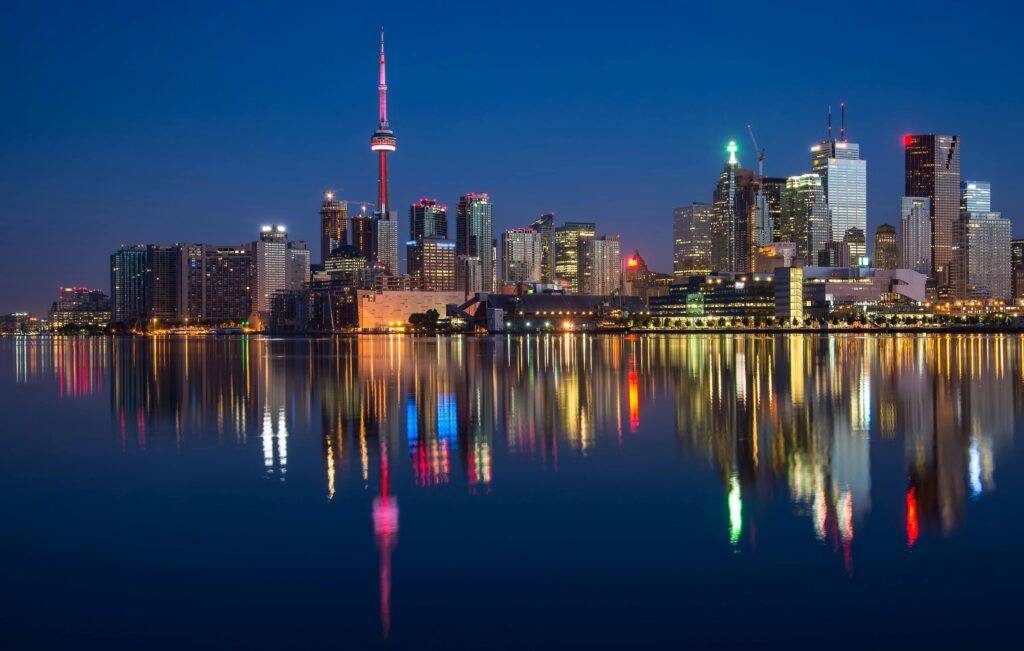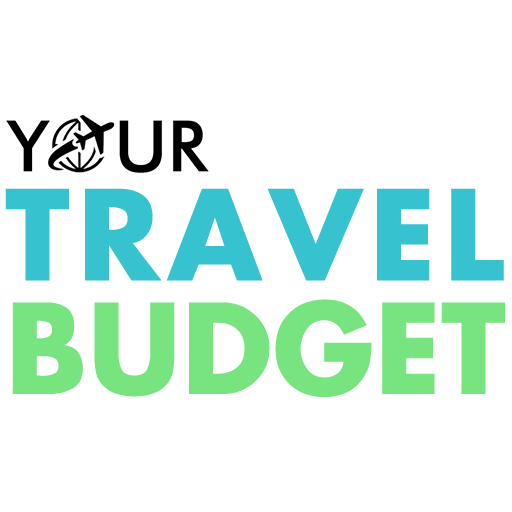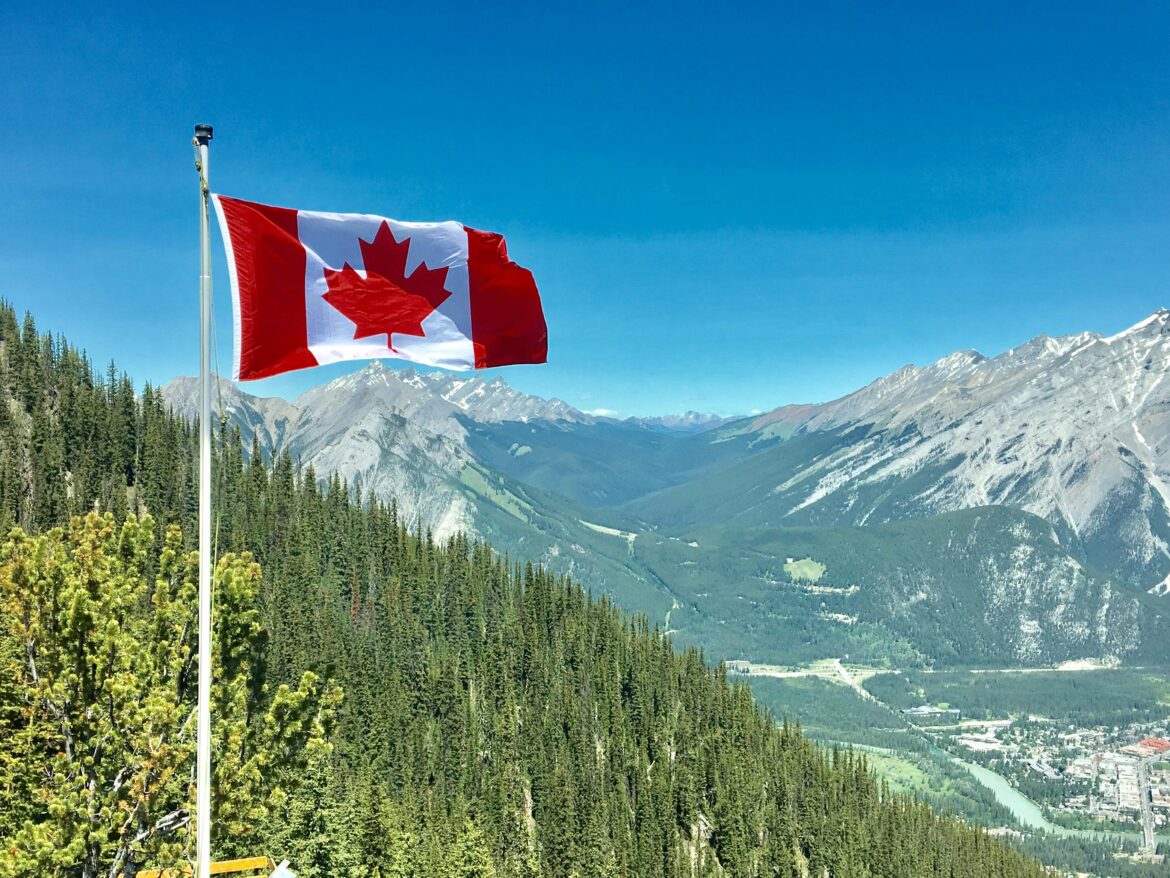Table of Contents
Budget Travel in Canada
Canada is a very large country with many natural attractions, good cities, and multicultural. From the magnificent Rockies to Toronto and Vancouver, Recall there is something to suit everyone’s tastes. Yet, as those travelers find out a little too late, Canada is not a cheap country, and expense begins to creep in rapidly. Fortunately, the tips given herein, good planning, and increased use of strategies will guarantee one of the best experiences in Canada with the economy. The present article will focus on eight helpful tips on how to travel to Canada without overpaying and enjoy the sights of this country.

Embrace Public Transportation
The most useful tip for saving money when traveling in Canada is to use public transport. Larger provincial cities such as Toronto, Vancouver, and Montreal have developed an efficient public transport network through buses, subways, and light rail, meaning getting around cost-effectively is easy. Exploring a city or using public transport can be made less costly by buying a day or multiple transit passes and forgoing taxis or rental cars.
Other effective transit means include city transport and intercity, such as the Greyhound or Megabus. These options are generally cheaper than trains and flights and even cheaper when you book far ahead. Taking a bus means you can see many beautiful routes and save money, making travel more advantageous for people who prefer low-budget spending.
Try and search for cheap hotels.
One way to travel cheaply across Canada is to look for the cheapest accommodation possible. Some of the recommended options for choosing accommodation include hostels, motels, or renting an apartment on the Internet using the Airbnb service. There are many cheap hostels in many cities that offer only the necessary services and the opportunity to communicate with others.
Further, it is also important to avoid booking in popular areas among the tourists. Location-wise, the scope can be marginally away from the city hubs, as this often leads to lower costs associated with it; moreover, many forms of transport available can easily get to the main points of interest. This article looks into methods of conducting proper research for motels and booking them beforehand to enable one to acquire a comfortable stay at agreed rent charges.
Take Advantage of Free Attractions
In Canada, tourists can get much and spend little or nothing at all to get the best of the beauty in the country. Local kings or queens, lakes, mountains, waterfalls, amazing trails, museums, and national parks: the versatility of the great outdoors is undisputable; you get to enjoy most of them freely without the shilling necessary to enter paying parks. For example, the numerous national parks could be visited for free on specific days in the year, or local carnivals could be enjoyed without paying any money.
Free things to do in cities include observing sculptures and historical murals, checking out parks, and visiting waterfront promenades. Many cities provide visitors with free walking tours that prove interesting and a great opportunity to meet like-minded people. It is recommended that these options of free attractions be adopted so as not to overpay for the trip.
Dine Smart and Save
As you can see, dining out in Canada can add up fast; however, many great strategies can help people eat well without spending too much. Avoid fancy restaurants; chances are you can get real Canadian food at a cheaper price in local markets, food trucks, or casual dining restaurants. Most cities have great eating destinations covering the cheaper eateries, so you can let your tongue loose and be cheeky!
Thirdly, one can eat during lunchtime because most restaurants offer discounts. Cafes and small shops present easy, made, sharable meals or raw products that you can cook individually if your place has a kitchen. That is, you are sure that you can eat out satisfactorily without struggling too much to go through your wallet.
Plan Your Activities Wisely

For activities, preparation often leads to cost savings. Find out if there are likely points of interest that will give a discount to students, seniors, or large groups. Many museums and galleries offer free or discounted days at times, so consult the website for relevant promotions. The more flexible your schedule is, the better you can use these chances to enrich your stay without getting into the red zone.
If your planned itinerary covers several attractions in a specific city, you may probably want to get a city pass. These passes come with incentives to visit several locations at a time, thus ensuring fun and saving some dollars. In doing this, you can be wise in your scheduling of sightseeing and still get good price reductions, rather than putting all your priorities as things to do and end up struggling to pay for them.
Use Travel Apps and Websites
Every traveler should acknowledge that advanced technology can be of great help when it comes to cost-cutting on a Canada trip. Many traveling applications and web pages can offer you the best prices for hotels, taxis, or attractions. These programs include flight search programs such as Skyscanner and Hopper to compare flight pricing. In contrast, accommodation search includes booking websites such as booking.com and hostels such as the Hostel World that offer low-priced accommodation.
Also, search for apps that provide absolute eat and local food joints at discounted prices and local sites and events. As for food, there are typically applications in most cities that give information on current promotions to help you get cheap products near you. Through these technological advances, you can be well-updated on the best offers and avoid compromising while on a journey.
Travel During Off-Peak Seasons
Basing your travel around the low or low-middle seasons can result in drastic reductions across the board: flights, accommodation, and landmarks. In Canada, the high season is summer because schools are closed, families take their holidays, and many tourists visit the country’s attractions. That is why it is better to visit this country in spring (April to June) or autumn (September to November) since everything is cheaper and less crowded.
When one opts for off-peak travel, it means he is pocketing some cash, and it is also more enjoyable to be on the road. Sightseeing is not as crowded as during peak season; hence, you can spend as much time as you want at these tourist attraction sites. In addition, many local festivals and events usually happen during such periods, and guests may likely prepare to enjoy experiences they would not get if they visited during high seasons.
Shop Smart for Souvenirs
When it comes to souvenirs, one can overlook the fact that they have spent a lot if one is not keen on them. Overpriced items are common in tourist-oriented stores, so if you are interested in locally made handicrafts, head straight to the local markets. For handmade art and craft items, look for local craft fairs or artisan markets showcasing Canada’s artists and artisans.
Picking a budget before approaching souvenir shops will not be a bad idea. This can assist you to fathom what you would prefer to take home instead of spending harrowing money when developing the impulse. Yes, but I often wished to have experience instead of objects; every photo in a camera or every story told by a person is a story worth longer than the life of every single souvenir.
Conclusion
Expatriate traveling can be easily done on a tight budget, especially in Canada. When using public transportation, finding budget accommodations, and only visiting free sites, there are hundreds of beautiful landscapes and energetic cities to visit without spending much. Other ways to save while traveling include choosing smart meals, organizing your activities, and ensuring that you utilize technology where possible. Taking a little effort and planning, the best that Canada has to offer can still be tasted and seen without overspending.
FAQs
When is the cheapest time to visit Canada?
The best time for cheap and affordable trips is during the shoulder seasons, the early spring from April through June, and late autumn between September and November.
Are there affordable food options in Canada?
Yes, it is possible to dine cheaply in Canada, for example, through food trucks, local farmer’s markets, or most inexpensive fast food places. Supermarkets also offer tempting foods for sale, which may come in handy in the following ways to help you save money.
Where can I locate free attractions in Canada?
Several national parks, historical sites, and city parks are currently free to access. Also, look at the local community calendar to find out when there are free events and carnivals during your stay.
Is public transportation reliable in Canada?
Public transportation in these cities may be regarded as a fairly efficient and affordable means of transport. With buses, subways, and trains, easy access is provided by the buses and other attractive areas.
Can I save money on attractions with passes?Is public transportation reliable in Canada?
Absolutely! Most cities have a tourist card system, through which some popular attraction sites are charged at cheaper rates if tourists pay in bulk to visit several places within the cities.

